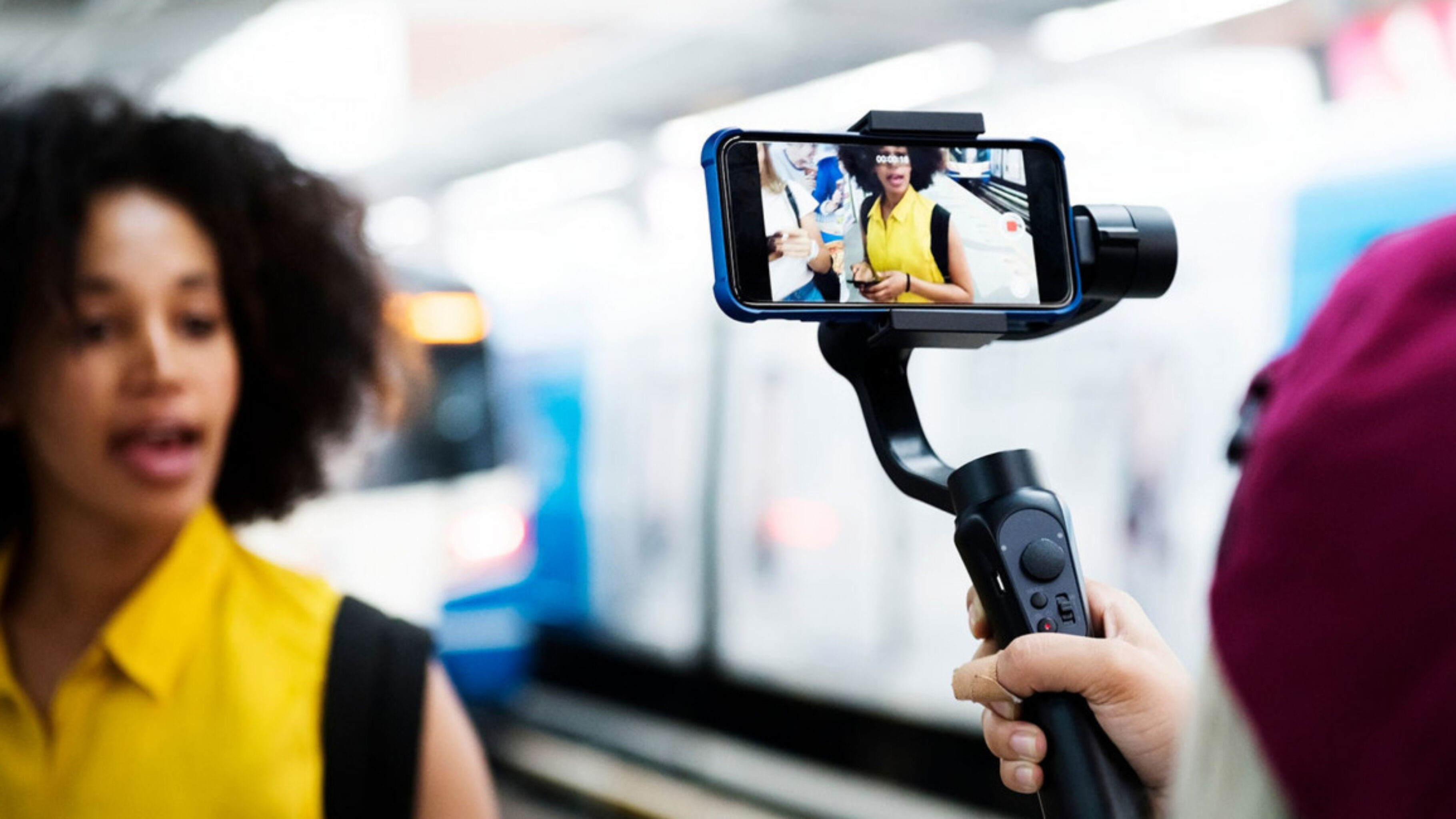Influencer Marketing is one of the best ways to build brand awareness and brand authority in a sustainable way. It’s no wonder brands invest serious money in it. However, Influencer Marketing has its downsides, which brands need to consider before deciding whether or not to make it a part of their overall strategy. Let’s take a look at both the pros and cons of this strategy.
Let’s start with the positives:
Influencer Marketing has a proven track record. It converts more customers than paid ads and results in long term meaningful relationships between the brand and the customer. The lifetime value of the customers who arrive at your brand through influencer marketing is high. They are more likely to become repeat purchasers and maintain long term connections. Influencer marketing results in links being made and continued.
Establish your brand as an industry expert. Through the use of well established Social Media users, you can achieve credibility for your brand. Becoming an industry expert is all about creating informative content that your audience can interact with, and if this content is shared by influencers seen to be echoing the sentiments of the shared content, you can begin to position yourself.
Talk to your audience via influencers. In many ways, influencer marketing is paid to advertise, just without the razzmatazz. You are essentially getting an influencer to reiterate the sentiments of your promotional content or promote the advantages of your product or brand, in much the same way an advertisement would. Paid advertising is not only expensive and challenging, it can come across as too aggressive and intrusive to your target audience. Influencer marketing helps your bypass all that.
The cons:
The critical drawback of influencer marketing is that for brands it means relinquishing control. No matter how well you research the influencers who are promoting your brand, there can be cock-ups. You are essentially handing over power to a third party, who can succumb to a whole host of technical problems, you mostly have no control over, or succumb to a PR disaster, that will affect your brand by association. You can’t avert a crisis, but you can prepare for one.
Selecting the right influencer to reach your audience can be done with Social Media listening tools, but continually creating the relevant content can be laborious. So too is overseeing the campaigns and keeping an eye out for any blunders. It’s important to know an influencer’s reach and engagement, but none of that tells you whether their followers are going be receptive to the message.
Instead of looking for a specific kind of influencer, find a specific kind of audience.
Today’s influencer marketing platforms can only remain competitive if they’re providing you with data about audiences—age, gender, and location are good to know, but preferences, tastes, and passions are even better. With data, you can craft pitch-perfect campaigns for the audience. With software, you can manage all the different pieces much more efficiently.









